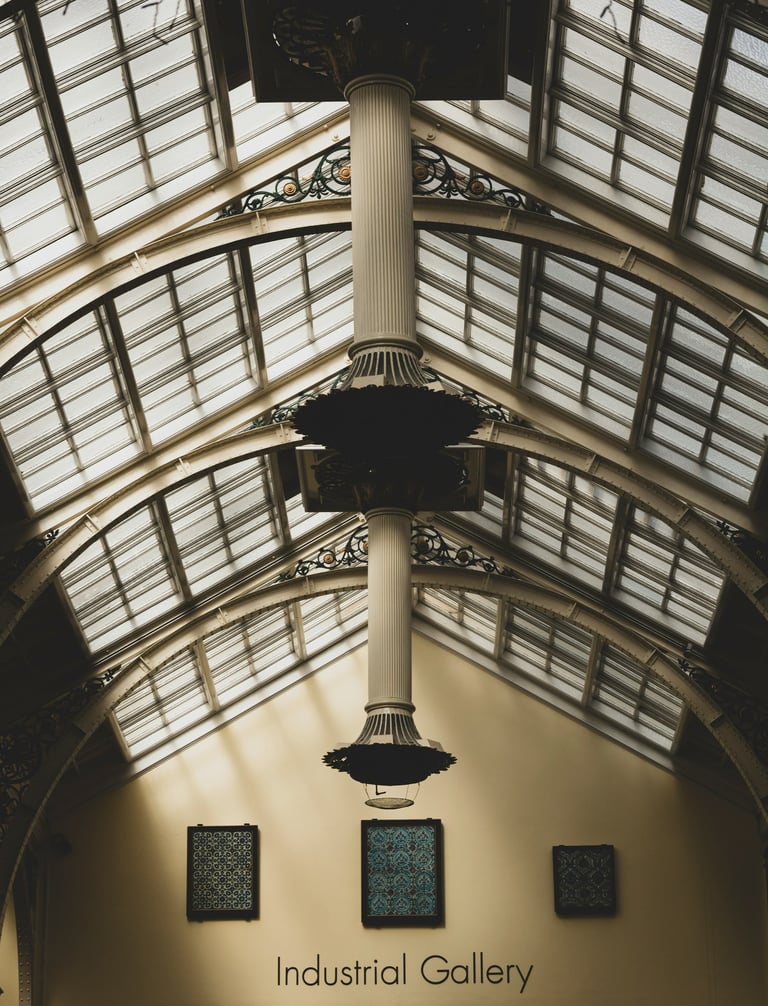Addressed to the Birmingham Artisans
By Jen Dixon
Before Birmingham became the city of a thousand trades it was a town of hundreds of trades. Since the 1500s, visitors had described the town as echoing with the sound of hammers, and this only intensified over the next few hundred years. So, even before the dawn of the Industrial Revolution in the mid-1700s, Birmingham was already a significant place of manufacture. The goods which emerged from the town’s forges and workshops were broad and included tools and hardware, but also an expanding range of exquisitely adorned items requiring highly skilled artisanship.
The 1732 Prospect of Birmingham, a print of Birmingham’s spreading skyline, described the town as ‘famous all over the World, for the rare choice and invention of all sorts of Wares and Curiositys’ and admired for ‘their peculiar beauty of Workmanship’. Like a form of alchemy, Birmingham makers forged glittering ornaments from base metals, which were then engraved, stamped, pierced, polished, enamelled, printed, japanned, and subjected to any number of other intricate processes, and these early artisans deserve to be better remembered.
Eighteenth-century observers showered Birmingham artisans with the highest praise. A poem, Addressed to the Birmingham Artisans and published in The Gentleman’s Magazine in 1738, outlined Birmingham as a great locus of ingenuity. The town’s makers were equated to Cyclopes, the master smiths of classical mythology, and their workmanship likened to that of Achilles’ shield, described in Homer’s The Iliad as one of the finest productions ever forged in metal. Birmingham was where ‘New wonders’ were being produced and where the artisan’s skill was a ‘faculty divine’. The workshops, too, were rendered into almost otherworldly scenes:
The artist's toil the full descriptions show,
Red metal flames, the roaring bellows blow;
Resounding deep at once the blast expires,
And twenty forges catch at once the fires:
Now like the tempest loud, now gentle, small,
Their breath full swoln, they rise, by turns they fall;
In hissing flames huge silver bars are roll'd;
Th' eternal anvils deeply fix'd behold!
Even in 1800, the flamboyant James Bisset, compiler of the impressively titled Magnificent Directory, evoked the Empyrean to describe Birmingham—the highest heaven in classical mythology and the supposed domain of the purest fire. He called Birmingham the place where ‘Vulcan seem’d to toil on magic ground’, Vulcan being the Roman god of forges and metalworking. Poetically at least, Birmingham was seen as an almost mythical realm, and its artisans as possessing an unrivalled mastery of metal and fire.
Many Birmingham goods were never marked and so can never with certainty be claimed as products of the town. The earliest of those known to be signed by a Birmingham artisan are the late seventeenth-century locks of John Wilkes, who was originally a Darlaston lock maker. These were not only exquisitely engraved in brass but contained ingenious hidden mechanisms that recorded how many times the lock had been opened. John Evelyn, the London diarist, described the intricate filing and ‘rare contrivances’ of such a lock and called it ‘a masterpiece’. Even the keys that opened the locks were pierced and filed to appear as though metal had been intricately knotted—so delicately that they seemed more suited to unlocking something from a fairytale than any everyday door. Other diaries referred to Birmingham trades as ‘almost perfection’. The town’s makers likely invented stamping onto metal, perfected the curious technique of printing onto the glossy surface of enamel, produced the finest silver filigree nationally, and developed new methods for polishing steel—to name only a few. The ‘peculiar beauty of Workmanship’ celebrated in 1732 was not overstated. Birmingham was a vast crucible of invention, where artistry and industry fused to create objects of both beauty and utility—admired across the world.
Jen Dixon is a Birmingham and Black Country based artist and writer.
Follow her on Instagram at https://www.instagram.com/jennifdixon
Photo by Jon Butterworth on Unsplash


